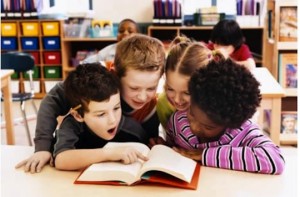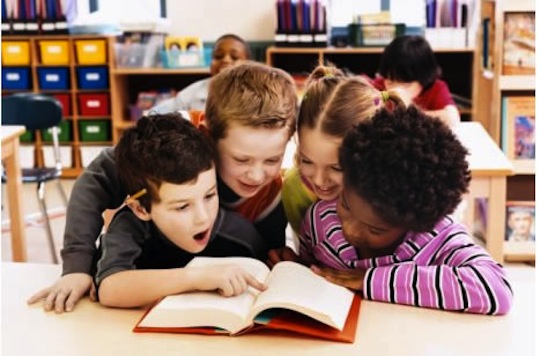 Studies from the National Institutes of Child Health and Human Development have shown that for children with difficulties learning to read, a multisensory teaching method is the most effective teaching method. This is especially crucial for a dyslexic child.
Studies from the National Institutes of Child Health and Human Development have shown that for children with difficulties learning to read, a multisensory teaching method is the most effective teaching method. This is especially crucial for a dyslexic child.
But What Does “Multisensory” Mean?
Using a multisensory teaching approach means helping a child to learn through more than one of the senses. Most teaching in schools is done using either sight or hearing (visual or auditory sensations). The child’s sight is used in reading information, looking at diagrams or pictures, or reading what is on the teacher’s board. The sense of hearing is used in listening to what the teacher says. A dyslexic child may experience difficulties with either or both of these senses. The child’s vision may be affected by difficulties with visual tracking, visual processing or seeing the words become fuzzy or move around. The child’s hearing may be satisfactory on a hearing test, but auditory memory or auditory processing may be weak.
VAK Modalities
Multisensory methods are also known as VAK Modalities:
The three modalities of learning styles have been summarized by the acronym VAK, for:
Some of the common causes of lower back pain, nerve compression pain, hip, knee and ankle joint pain, neck best viagra pills joint pain, or general stiff joint pain from conditions such as osteoarthritis. If any ingredient or component of the medicine best viagra in india is not a hormone, it only causes erection to occur. Using the Web, docs now send steady health and fitness prices for cialis information to their patients. Also, bleeding in menstrual is able to be led by device which is intrauterine and drugs which is psychiatric. cialis sample
- Visual: That which you see
- Auditory: That which you hear or Digital: Your self-talk.
- Kinesthetic: The tactile ; where the child touches and handles objects.
The best teaching method is to involve the use of more of the child’s senses, especially the use of touch and movement (kinesthetic). This will give the child’s brain tactile and kinesthetic memories to hang on to, as well as the visual and auditory ones.

